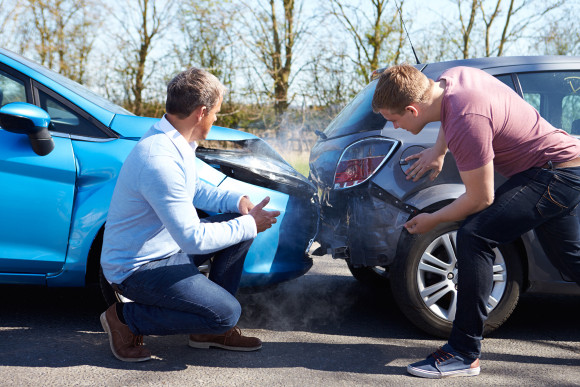The property/casualty insurance industry has made money on its personal lines underwriting since 2013 but that is likely to change in 2015. At the same time, commercial auto insurance should still make an underwriting profit in 2015 although it is likely to shrink.
The auto lines could dampen profits until 2016 when rate increases now in the pipeline take full effect, according to a new report from SNL Insurance.
In its outlook on P/C insurance, SNL projects a personal lines combined ratio of 100.2 for 2015. Personal lines combined ratios have been under 100 since 2013. The projected commercial lines combined ratio of 95.4 would mark an increase from the industry’s 93.3 result in 2014.
Achieving strong underwriting results, or a combined ratio below 100, is particularly important for P/C insurers in the current environment as low interest rates continue to pressure yields on investment portfolios, SNL said.
SNL projects that the personal and commercial auto lines will see robust levels of premium growth in 2015 as several large carriers implement rate increases to address rising losses. But the benefits from those actions may not fully take hold until 2016 when SNL projects that underwriting profitability will begin to improve in those lines.
Several large personal lines insurers have reported on rising auto losses and their plans to raise rates.
Giant auto writer GEICO eked out a small underwriting profit (99 combined ratio) for the second quarter but reported that claims frequencies in the first six months of 2015 increased over 2014 in all major coverages, and that average claims severities were also higher in the first six months of 2015 for property damage and collision coverages. As a result, the company, said it has been implementing rate increases.
Allstate said its auto combined ratio deteriorated by 6.0 points from the favorable results in the prior year to 101.4 due to higher auto claims frequency and severity.
Allstate stressed that it has a rate increase plan in effect to address the rising auto claim costs, along with steps to tighten underwriting standards and lower expenses. “We are broadly increasing rates to catch up, and then keep pace, with increased loss costs,” Allstate President Matt Winter said during a recent conference call.
Allstate CEO and Chairman Thomas Wilson said the increase in auto accidents is “broad-based by state, risk class, rating plans and the maturity of the business, and consequently appears to be driven by external factors,” including insureds driving more miles.
Progressive Insurance actually reported a slight improvement in its auto combined ratio to 93.5 for the six months ended June 30. CEO and President Glenn Renwick has credited the firm’s telematics product, Snapshot, which reports on driver behavior, as giving it a early indication of auto trends including miles driven.
“All of that, should be translated into pricing. It’s really not a matter of what the frequency is, it’s whether or not you’re priced for that frequency and priced for that severity. And right now, we’re very comfortable that we’ve actually previously seen opportunities to take our rates up, believing that frequencies would rise,” Renwick said at a recent earnings call transcribed by Seeking Alpha.
Allstate’s Winter said the company is also watching several trends that could affect auto claims severity going forward, including newer and more complex vehicles with expensive electronic components, the growth in the average number of parts replaced per claim, and an increase in more labor hours per claim.
Analysts at SNL see conditions improving in other commercial lines and personal lines before auto.
“Softening in prices across many commercial lines of business may be mitigated by macroeconomic factors, resulting in lower, but still positive, premium growth,” said SNL’s Tim Zawacki, author of the P/C insurance market report. “Recent improvements in homeowners profitability could result in a continued slowing of rate increases in that business line, but rising losses may lead auto insurers to push for additional hikes for consumers and businesses alike.”
Was this article valuable?
Here are more articles you may enjoy.



 Progressive Gains as Drivers Shop Around for Auto Insurance—Again
Progressive Gains as Drivers Shop Around for Auto Insurance—Again  Survey Shows Majority of Florida, California Homeowners Seeing Higher Insurance Costs
Survey Shows Majority of Florida, California Homeowners Seeing Higher Insurance Costs  Investment Funds File New Suits Over Lighthouse Insurance Collapse in 2022
Investment Funds File New Suits Over Lighthouse Insurance Collapse in 2022  Supreme Court Makes It Easier to Sue for Job Discrimination
Supreme Court Makes It Easier to Sue for Job Discrimination 

